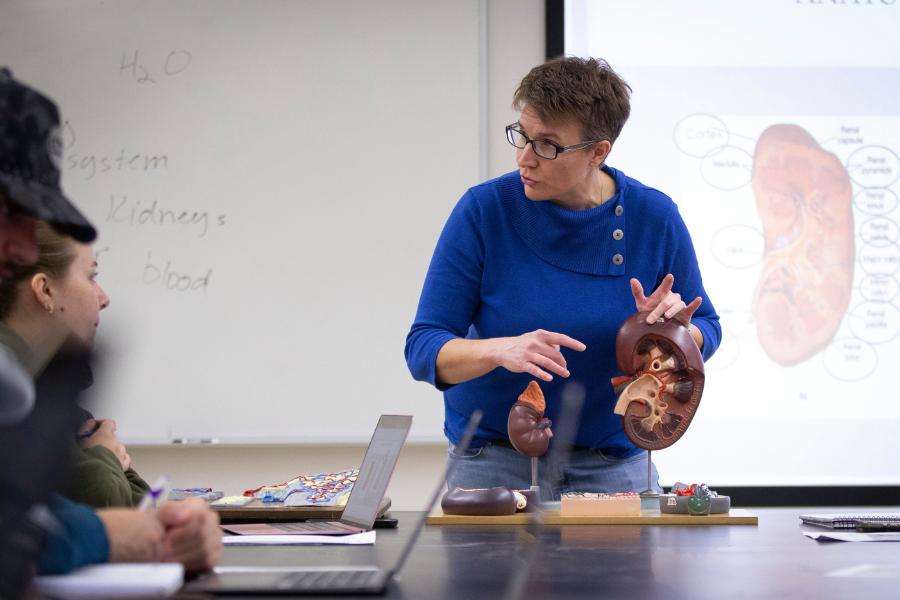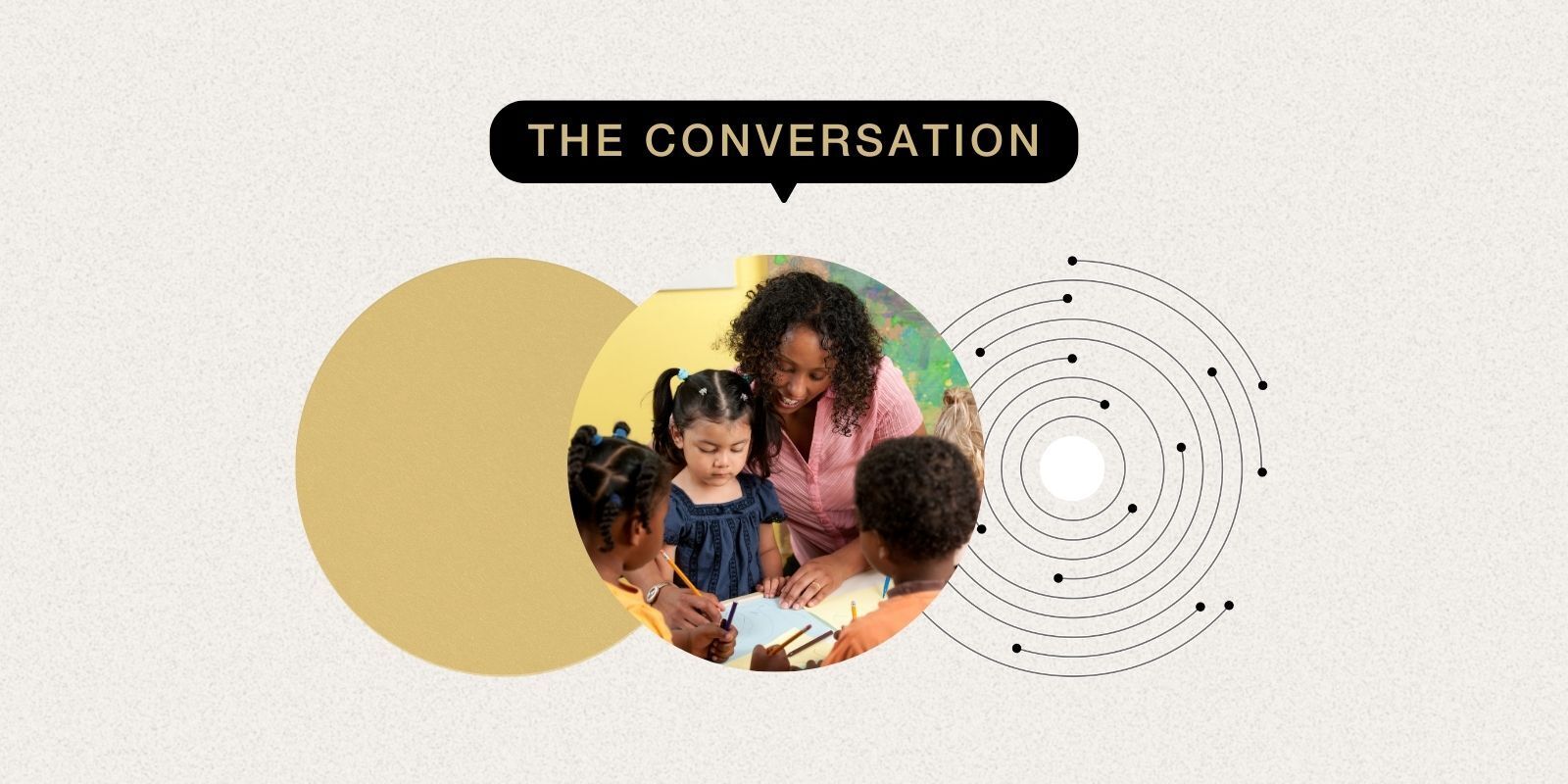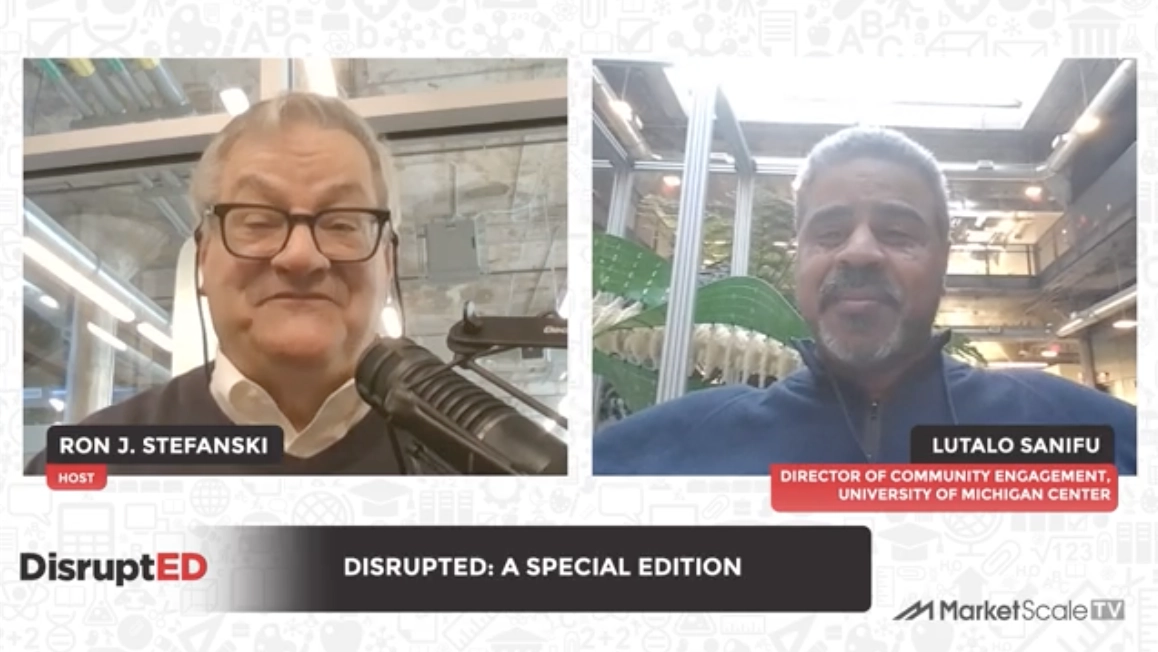More CT high school students are taking college-level classes – Hartford Business Journal

Report on the Expansion of College-Level Courses in Connecticut High Schools and Alignment with Sustainable Development Goals
This report details the significant expansion of dual enrollment programs in Connecticut, analyzing the initiative’s impact through the lens of the United Nations Sustainable Development Goals (SDGs), particularly SDG 4 (Quality Education), SDG 8 (Decent Work and Economic Growth), SDG 10 (Reduced Inequalities), and SDG 17 (Partnerships for the Goals).
Advancing SDG 4: Quality Education
Connecticut has demonstrated substantial progress toward SDG 4, which aims to ensure inclusive and equitable quality education and promote lifelong learning opportunities for all. State-led initiatives have significantly increased access to tertiary-level education for high school students.
Key Enrollment Statistics
- In the 2024-25 academic year, over 24,700 high school juniors and seniors enrolled in college-level courses.
- This represents a significant increase from 17,500 students three years prior.
- Approximately 30% of all juniors and seniors in the state are now participating in these programs.
Financial Investment and Program Support
The growth is directly linked to strategic investments, aligning with SDG Target 4.3 to ensure equal access to affordable tertiary education.
- A total of $3.8 million in federal pandemic emergency funds was allocated to help high schools expand college-level course offerings.
- An additional $5 million in COVID-19 relief funds was invested in colleges and universities to support the expansion of dual credit classes.
- Future funding includes a $6 million appropriation in the 2026-27 state budget to sustain these programs.
Post-Secondary Readiness and Student Benefits
The programs enhance student confidence and preparedness for higher education, contributing to improved educational outcomes.
- The percentage of students demonstrating “post-secondary readiness” increased from 44% to 47% between the 2023-24 and 2024-25 school years.
- Students gain significant financial savings. For example, students at Rockville High School saved a collective $1.5 million in college tuition in a single year.
Fostering SDG 8: Decent Work and Economic Growth
The state’s educational strategy is increasingly focused on SDG 8 by aligning curriculum with current and future labor market demands, thereby promoting productive employment and decent work for all.
Alignment with Workforce Needs
Educational leaders are diversifying course offerings beyond traditional four-year degree pathways to address critical workforce shortages, a key component of SDG Target 4.4, which focuses on increasing the number of youths with relevant skills for employment.
- Superintendents are actively developing courses in response to industry needs, such as the demand for welders and technicians by General Dynamics Electric Boat.
- Districts like Milford Public Schools have established career pathways in high-demand fields including business management, allied health, computer science, and education.
Growth in Vocationally-Oriented Courses
Enrollment data shows a clear trend toward subjects with direct career applications.
- Business and Marketing: 73% increase in course enrollment from the previous year.
- Manufacturing: 47% increase in student enrollment.
- Healthcare and Mathematics: Approximately 33% increase in enrollment for both fields.
Addressing SDG 10: Reduced Inequalities
A primary focus of the program expansion has been to improve equitable access, directly supporting SDG 10’s goal of reducing inequality within and among countries by ensuring equal opportunity.
Improving Access for Underserved Students
Efforts have been made to dismantle barriers for students from diverse backgrounds, particularly those who may not have previously considered higher education.
- The state is working to simplify the accreditation process for K-12 teachers to teach college-level courses, expanding offerings in rural and urban districts that previously lacked certified instructors.
- Financial support, such as stipends and tuition coverage, is provided for teachers to obtain necessary certifications.
- The Connecticut State Colleges and Universities (CSCU) system is focused on engaging students in the “academic middle,” not just high-achieving AP students.
Progress in Educational Equity
Data indicates significant progress in closing access gaps for students of color, a direct contribution to SDG Target 4.5 (eliminate disparities in education).
- Enrollment for Black students in college-level courses rose by 34%.
- Enrollment for Hispanic students increased by 35.5%.
- This outpaces the 24% enrollment growth observed among white students.
- At the University of Connecticut, 44% of Early College Experience students are first-generation, and fees are waived for approximately 40% of participants.
Strengthening SDG 17: Partnerships for the Goals
The success of Connecticut’s dual enrollment initiative is a model for SDG 17, which encourages and promotes effective public, public-private, and civil society partnerships.
Collaborative Educational Ecosystem
A robust network of collaboration between state agencies, educational institutions, and industry partners underpins the program’s expansion.
- State Department of Education: Provides funding, oversight, and strategic direction.
- Public Universities: The University of Connecticut serves 30,000 students across nearly 200 high schools, while the CSCU system serves 12,500 dual enrollment students.
- Private Colleges: Institutions like Goodwin University, Mitchell College, and Quinnipiac University have formed targeted partnerships with school districts to offer specialized programs in advanced manufacturing, healthcare, and teacher training.
- Industry Collaboration: School districts meet with industry representatives to ensure curricula and certifications align with current labor market needs.
Analysis of Sustainable Development Goals in the Article
1. Which SDGs are addressed or connected to the issues highlighted in the article?
The article discusses issues related to education, workforce development, and equity, which directly connect to several Sustainable Development Goals (SDGs). The primary SDGs addressed are:
- SDG 4: Quality Education: This is the most prominent SDG, as the entire article focuses on improving the quality of and access to higher education opportunities (college-level courses) for high school students. It covers aspects of affordability, relevance, and equity in education.
- SDG 8: Decent Work and Economic Growth: The article explicitly links the expansion of college-level and vocational courses to the needs of the current job market and workforce development. It discusses preparing students with relevant skills to address labor shortages and contribute to economic growth.
- SDG 10: Reduced Inequalities: The article highlights efforts to improve access to these advanced educational opportunities for students from various backgrounds, specifically mentioning increased enrollment among students of color, support for first-generation students, and initiatives to bridge the resource gap between different school districts (urban, rural, suburban).
2. What specific targets under those SDGs can be identified based on the article’s content?
Based on the article’s content, several specific SDG targets can be identified:
-
Under SDG 4 (Quality Education):
- Target 4.3: “By 2030, ensure equal access for all women and men to affordable and quality technical, vocational and tertiary education, including university.” The article directly addresses this by detailing the expansion of affordable and often free dual enrollment courses. It mentions that a UConn course costs $50 per credit versus the usual $700, and courses at CT State Community College are free for dual enrollment students, making tertiary education more accessible.
- Target 4.4: “By 2030, substantially increase the number of youth and adults who have relevant skills, including technical and vocational skills, for employment, decent jobs and entrepreneurship.” The article highlights a significant increase in enrollment in courses directly tied to job market needs, such as manufacturing (up 47%), healthcare (up by a third), and business/marketing (up 73%). The introduction of “industry certifications” that allow students to go directly into the workforce is a clear example of providing relevant vocational skills.
- Target 4.5: “By 2030, eliminate gender disparities in education and ensure equal access to all levels of education and vocational training for the vulnerable…” The article’s data showing a higher percentage increase in enrollment for Black (34%) and Hispanic (35.5%) students compared to white students (24%) demonstrates a clear effort to ensure equal access for minority groups. It also mentions that 44% of students in one program are first-generation and that fees are waived for low-income students.
-
Under SDG 8 (Decent Work and Economic Growth):
- Target 8.6: “By 2020, substantially reduce the proportion of youth not in employment, education or training (NEET).” Although the target year has passed, the initiatives described align with its goal. By offering career pathways in high school (e.g., business management, allied health, computer science) and industry certifications, the state is creating direct routes to employment, apprenticeships, and technical schools, thereby reducing the risk of students becoming NEET after graduation.
-
Under SDG 10 (Reduced Inequalities):
- Target 10.2: “By 2030, empower and promote the social, economic and political inclusion of all, irrespective of… race, colour, ethnicity… or economic or other status.” The state’s focus on increasing access for students of color, first-generation students, and those in the “academic middle” who might not have considered college is a direct effort to promote social and economic inclusion through education.
- Target 10.3: “Ensure equal opportunity and reduce inequalities of outcome…” The article notes that access to dual enrollment classes previously varied significantly by district resources. The state’s injection of funds ($3.8 million and $5 million from pandemic funds, plus a future $6 million appropriation) to expand offerings and help teachers get certified is a policy action aimed at reducing this inequality of opportunity between suburban, rural, and urban districts.
3. Are there any indicators mentioned or implied in the article that can be used to measure progress towards the identified targets?
Yes, the article provides several quantitative and qualitative indicators that can be used to measure progress:
- Indicator for Targets 4.3 & 4.4: The total number of high school students enrolled in college-level courses, which increased from 17,500 to over 24,700. This can be tracked as the “Participation rate of youth and adults in formal and non-formal education and training.”
- Indicator for Target 4.4: The percentage increase in enrollment in specific vocational fields. The article cites a 73% increase in business/marketing courses, a 47% increase in manufacturing courses, and a one-third increase in healthcare and mathematics courses.
- Indicator for Targets 4.5 & 10.2: The participation rate of specific demographic groups. The article provides data showing the number of Black and Hispanic students taking these courses rose by 34% and 35.5% respectively, compared to a 24% increase for white students. It also notes that 44% of students in UConn’s program are first-generation.
- Indicator for Target 4.3 & 10.3: The financial accessibility of programs. The article mentions that two in five students in UConn’s program had fees waived and that dual enrollment at CT State Community College is free. The total amount of tuition savings for students ($1.5 million at one high school) is another key indicator.
- Indicator for Target 8.6: The percentage of students achieving “post-secondary readiness.” The article states this metric increased from about 44% to 47% in one year, directly measuring the preparedness of youth for further education or employment.
- Indicator for Target 10.3: The amount of public funding dedicated to reducing educational inequality. The article specifies the state’s use of “$3.8 million in federal pandemic emergency funds,” an additional “$5 million of COVID funds,” and a future annual appropriation of “$6 million” to support these programs.
4. Summary Table of SDGs, Targets, and Indicators
| SDGs | Targets | Indicators |
|---|---|---|
| SDG 4: Quality Education |
4.3: Ensure equal access to affordable and quality technical, vocational and tertiary education.
4.4: Increase the number of youth and adults with relevant skills for employment. 4.5: Ensure equal access to all levels of education for the vulnerable. |
– Increase in total student enrollment from 17,500 to 24,700 (30% of juniors/seniors). – Reduced course costs ($50/credit vs. $700) and free courses available. – Percentage increase in enrollment in vocational courses (e.g., Manufacturing up 47%, Business up 73%). – Higher percentage increase in enrollment for Black (34%) and Hispanic (35.5%) students. – 44% of students in one program are first-generation. |
| SDG 8: Decent Work and Economic Growth | 8.6: Substantially reduce the proportion of youth not in employment, education or training (NEET). |
– Introduction of career pathways and industry certifications for direct entry into the workforce. – Increase in “post-secondary readiness” from 44% to 47%. – 20% of one district’s seniors utilized industry certificates earned in high school. |
| SDG 10: Reduced Inequalities |
10.2: Empower and promote the social and economic inclusion of all.
10.3: Ensure equal opportunity and reduce inequalities of outcome. |
– Targeted efforts to include students in the “academic middle.” – Fee waivers for low-income students (two in five in one program). – State funding allocated to expand programs in under-resourced districts ($3.8M, $5M, $6M). – Disaggregated data showing increased participation by students of color. |
Source: ctmirror.org
What is Your Reaction?
 Like
0
Like
0
 Dislike
0
Dislike
0
 Love
0
Love
0
 Funny
0
Funny
0
 Angry
0
Angry
0
 Sad
0
Sad
0
 Wow
0
Wow
0



















































.jpg.webp?itok=0ZsAnae9#)


























